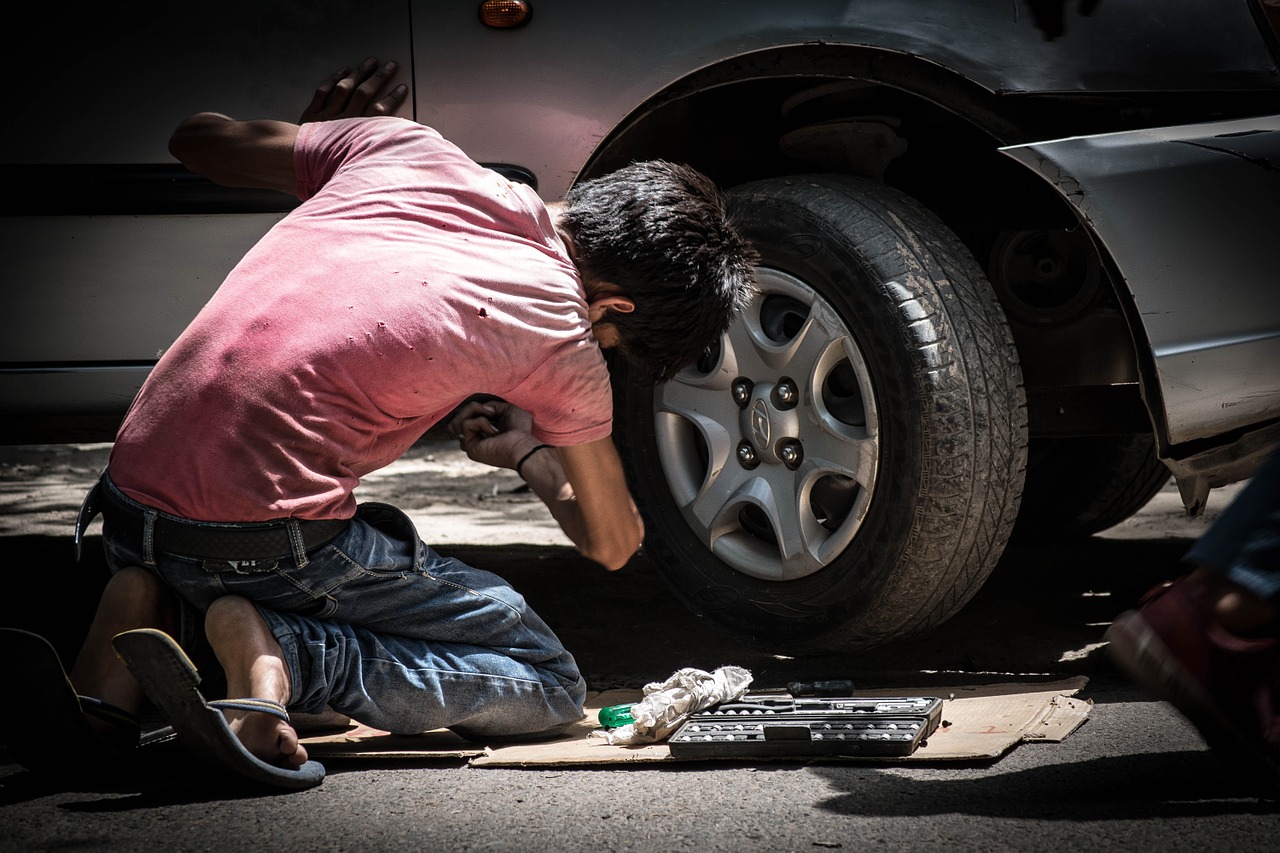33 million children working in India

Since Independence 70 years ago, India has created one of the world’s largest economies. But despite its wealth, 33 million children aged 5 to 18 are working. According to Save the Children India, almost one-third of this group are under 15, making India home to one of the highest concentrations of child workers in the world.
After some successful efforts to increase the number of children in school and to rehabilitate former child workers, the national effort to eliminate the practice is losing momentum and child labor in major cities has increased significantly.
Prime Minister Narendra Modi implemented ambitious reforms aimed at deregulating and growing the country’s economy. A report from Deutsche Bank predicts an average growth of 7.45 this year and the next.
However the nation’s development has not been equal across all society.
“India’s GDP and growth is largely oriented around a highly educated and highly skilled workforce,” said Rajeev Dehejia, Professor of Public Policy at New York University. “This a paradoxical for an economy where most people have a low level of education.”
Conversely, most child labor is concentrated away from the skilled economy, in the informal sector that makes up 90% of India’s workforce and half of its GDP, according to Credit Suisse estimates. These industries include agriculture, small carpet and clothing factories, brick kilns, and domestic staffing, where children are not subject to government inspections, legal protections, or minimum wage requirements.
The Indian government says that child labor declined by 45% between 2005 and 2010. However, most child rights groups give a more conservative estimate as government figures do not include all industries or all children.
Since the 1930s, numerous laws have been introduced to ban child labor and encourage education in the country. Recently a 2009 Act required all children between the ages of 6 and 14 to attend school. In July, the Indian parliament passed an amendment to existing child labor legislation that imposed a widespread ban on children under 14 working and increased penalties for employers. However, it also contains a measure which allows children to continue working in family businesses, which, critics say, de facto legalizes much of the child labor.
Child labor can hinder the development of an economy. UNICEF calculated that global unemployment would be reduced by 200 million if the world’s 160 million children aged 5 to 14 who are working were sent to school instead.
India has one of the youngest populations in the world with half of its citizens under 25.
In his article for IZA World of Labor, Furio C. Rosati says, “Cash transfer programs have the ability to reduce child labor, especially in low-income countries where social protection systems are weak. Providing a safety net to vulnerable households that lack access to capital markets reduces their use as a coping mechanism.” However he explains, “Evidence from impact evaluations shows that cash transfers are especially relevant if targeted to the most vulnerable households whose children are at risk of missing school or working. For programs that address large numbers of households with children who are not working, the effects are more diluted.”
Consult our Topic Spokespeople on specific labor market queries.